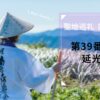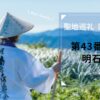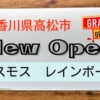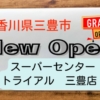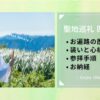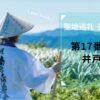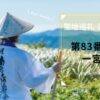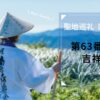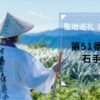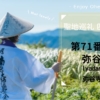【Japan tourism】 Shikoku 88 temple pilgrimage trip [No.42] Ikkazan Birusyanain Butsumokuji
At Butsumokuji, the legend of Kobo Daishi riding on the back of a cow has been handed down. In the past, people prayed for the safety of livestock, but recently, more and more people are visiting to hold memorial services for the spirits of animals in general, including pets.
Butsumokuji
| Principal image | Dainichi Nyorai |
| Honzon mantra | On abirauken bazaradadoban |
| Denomination | Shingon Buddhism Omuro sect |
Place
Temple lodging: none
Phone:0895-58-2216
〒798-1102
1683 Mimacho, Uwajima City, Ehime Prefecture
Gosyuin(red stamp)
Please wait a moment until the image is uploaded.
History
It is said that Kobo Daishi met an old man who pulled cattle here. Kobo Daishi, who was invited to ride on the cow’s back, found a jewel shining on a branch of a camphor tree. Before returning from the Tang Dynasty, he threw a jewel and a Sankosyo in the east so that a land with a connection would be selected.
Kobo Daishi sensed that this place was a sacred place and decided to build a hall. After that, the jewel is buried between the eyebrows of Dainichi Nyorai, which was carved by himself. It was enshrined as the principal object of worship and named “Ikkasan Butsumokuji". It is also said that he dedicated one volume of the Heart Sutra and Kegon Sutra, which were written in cursive.
Because of this auspiciousness, there is a livestock hall in the precincts, where statues of cows and horses are enshrined. The temple was worshiped as Dainichi-sama, the guardian Buddha for the safety of cattle and horses.
Highlight
【The statue of Dainichi Nyorai, the principal image of worship.】1.2m parquet. The Daishi statue carved by Kobo Daishi is placed on the back. The statue of Daishi is written as 'Showa 4 (1315)’.
【Domestic animal hall】Every year on the Midsummer Day of the Ox, a prayer to seal melons is held to pray for the fulfillment of the wishes of humans and animals.
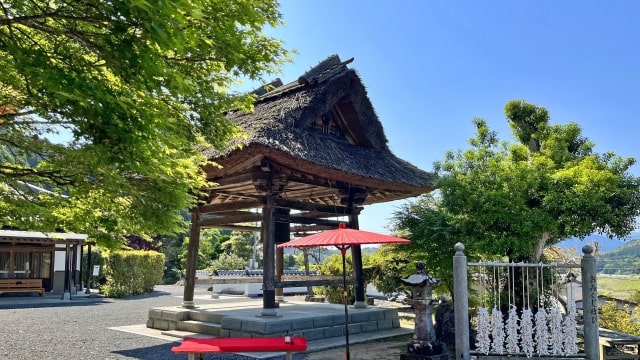
【belfry-dou】It was rebuilt between 1688 and 1704, and has a thatched roof, which is rare among Shikoku sacred sites.
It is about 16 km (about 30 minutes by car) to the next 43 temples, Akashiji!
